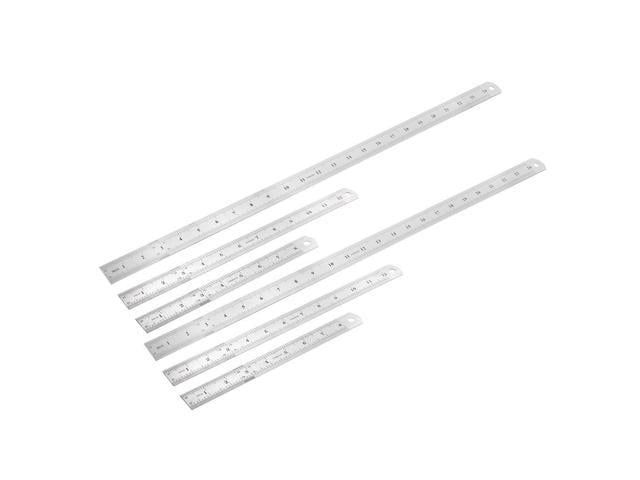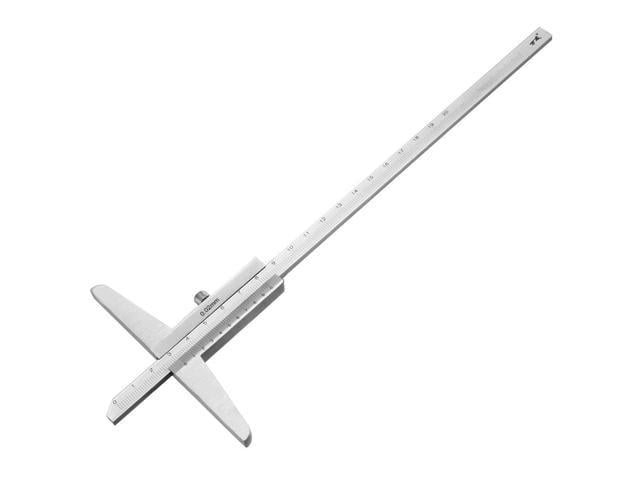Excerpt from The Horse in Blackfoot Indian Culture: With Comparative Material From Other Western Tribes
Most of the text figures reproduced in this study are based on pencil drawings carefully prepared by Calvin Boy, a young Piegan artist. To insure their accuracy, special precautions were taken. As elderly informants described objects and/or activities I desired to have illustrated Reuben Black Boy and I made rough sketches. We showed these to Calvin Boy and explained to him the content of the desired illustrations. He then drew pictures at a very large scale so that they could be seen readily by elderly informants, many of whom had poor eyesight. The informants examined the drawings and in the presence of the artist made suggestions for any changes in detail that might be necessary. Then Calvin Boy prepared the final pencil or pen-and-ink drawings. The minority of the line illustrations were prepared by the author from his field notes and sketches.
I am indebted to the following institutions for permission to repro duce photographs of objects and scenes in this bulletin: American Museum of Natural History, New York; Brooklyn Museum; Chicago Museum of Natural History; Glacier Studio, Browning, Mont. Great Northern Railway; Montana Historical Society, Helena; Museum of the Plains Indian; Royal Ontario Museum of Archaeology; Smith eonian Institution: and Geological Survey, United States Department of the Interior.
Throughout the period of this investigation (1941 - 52) I was mind ful of its broader implications. I endeavored to read widely in the scattered and largely unindexed literature on the Blackfoot and other horse-using tribes of the Great Plains and Plateau. In quest of dated materials and comparative data, I examined numerous collections of specimens in museums as well as collections of early drawings, paint ings, and photographs. I sought to obtain comparative data directly from elderly informants among the Flathead Oglala Dakota and Kiowa (1949) tribes as my limited opportunities for field work on their respective reservations permitted. Alice Marriott graciously supplied, through correspondence, information on Kiowa horse usages, obtained in the course of her own field work. Eugene Barrett, forester, Rosebud Reservation, S. Dak., kindly furnished some comparative data on Brule Dakota horse usages. Edith V. A. Murphy of Covelo, Calif, formerly field botanist, Office of Indian Affairs, sent me valuable comparative data on horse medicines.
About the Publisher
Forgotten Books publishes hundreds of thousands of rare and classic books. Find more at www.forgottenbooks.com
This book is a reproduction of an important historical work. Forgotten Books uses state-of-the-art technology to digitally reconstruct the work, preserving the original format whilst repairing imperfections present in the aged copy. In rare cases, an imperfection in the original, such as a blemish or missing page, may be replicated in our edition. We do, however, repair the vast majority of imperfections successfully; any imperfections that remain are intentionally left to preserve the state of such historical works.















